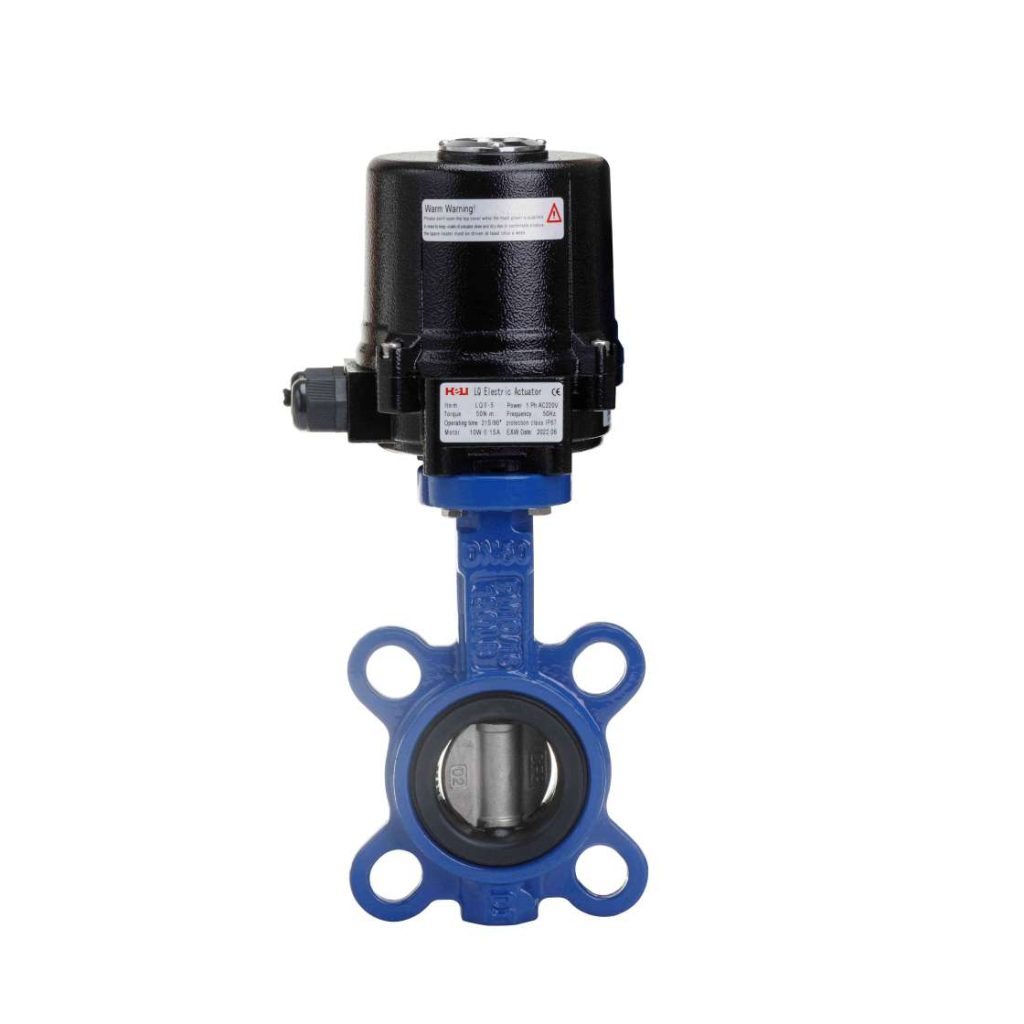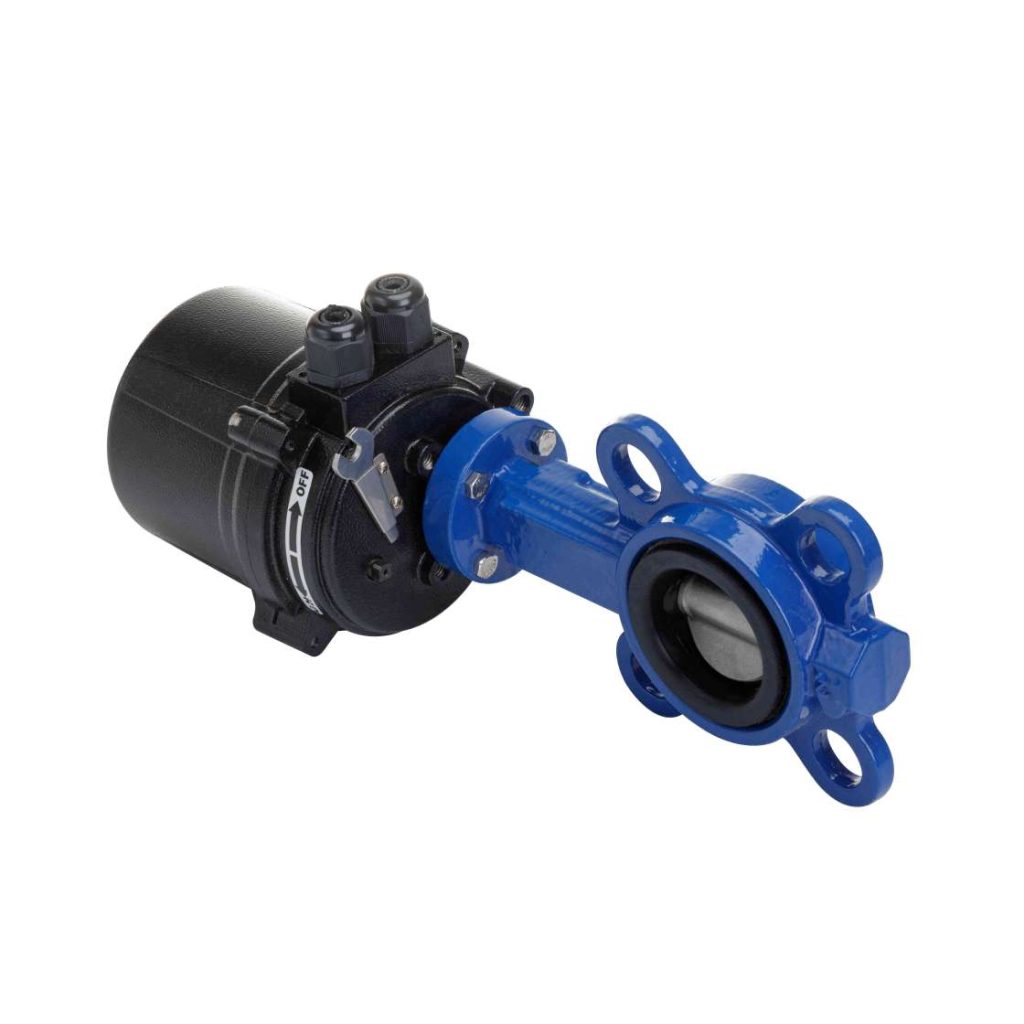In the evolving world of agricultural technology, the integration of automated systems is becoming increasingly essential for optimizing irrigation processes. Among the numerous innovations, the electric butterfly valve for agricultural irrigation stands out as an efficient, cost-effective solution that ensures precision in water flow control. This article explores the function, benefits, and applications of electric butterfly valves in agricultural irrigation systems, highlighting their contribution to sustainable farming practices and resource management.

What is an Electric Butterfly Valve?

An electric butterfly valve is a type of quarter-turn valve that uses a rotating disc to control the flow of water in a pipe. Unlike traditional manual valves, which require physical effort to operate, electric butterfly valves are powered by an electric actuator, enabling remote or automated control. These valves are typically installed in irrigation systems where precise water flow management is crucial for maintaining optimal crop growth and minimizing water wastage. The electric actuator, which is attached to the valve, is connected to an electronic control system. This system allows farmers to monitor and adjust the valve’s operation from a distance, often through a central control panel or smart irrigation software. The combination of an efficient valve design and automation ensures smoother and more accurate control of water distribution, which is vital for modern farming practices.
